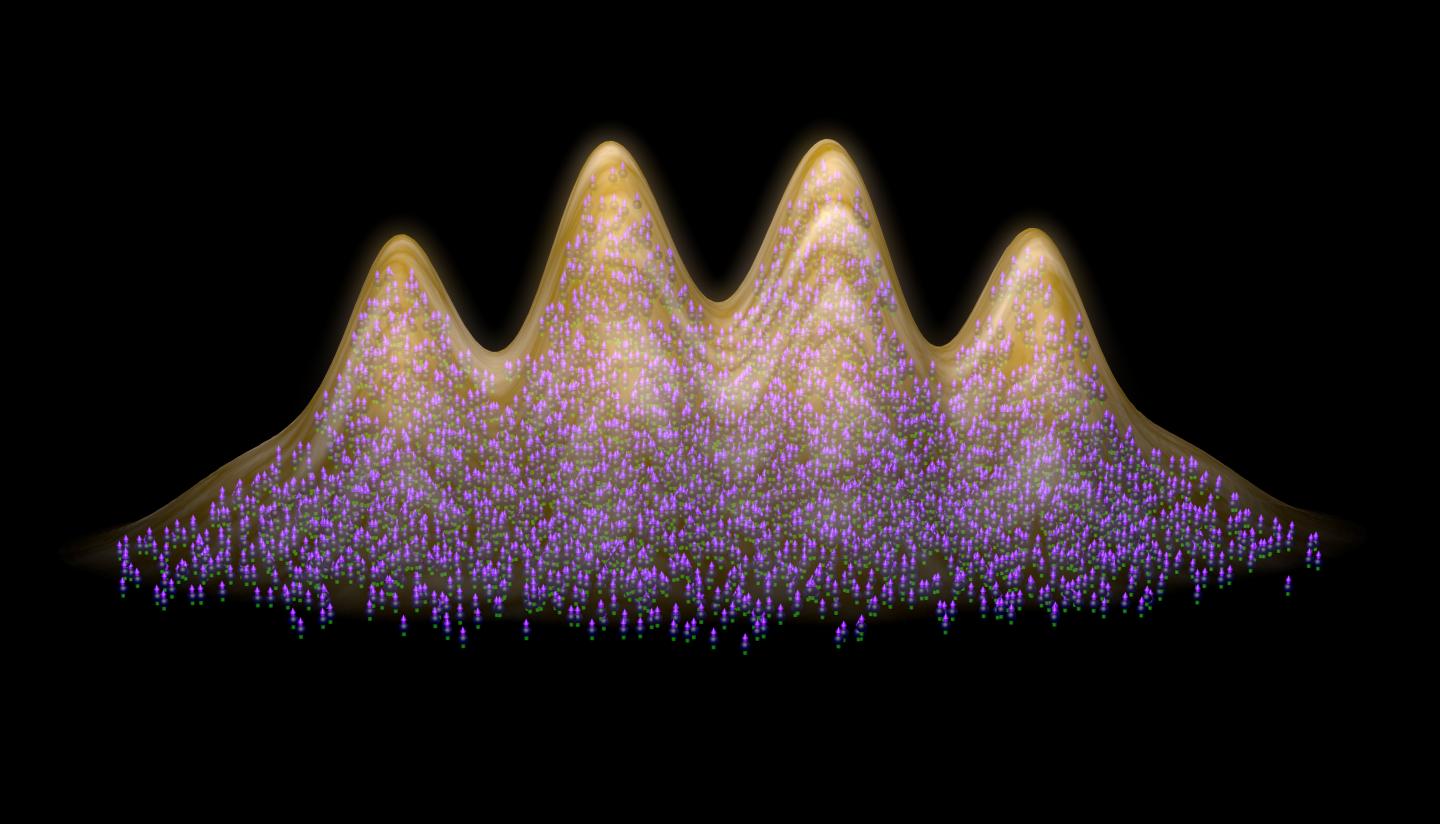Superstrength is a paradoxical state when a substance crystallizes and at the same time becomes
 UNI INNSBRUCK
UNI INNSBRUCK
Although most of the work so far has beenfocused on helium, researchers have recently turned to quantum gases—in particular, those that have strong dipole interactions. “Recent experiments have shown that such gases have a fundamental similarity to superfluid helium,” says Lorian Chomaz, referring to experimental advances in Innsbruck and Stuttgart over the past few years. “These features lay the groundwork for achieving a state where several tens of thousands of gas particles spontaneously organize into a self-defining crystalline structure while sharing the same macroscopic wave function—the hallmarks of superhardness.”
Researchers in Innsbruck experimentally createdstates that demonstrate these characteristics of super-strength, tuning the force of interaction between particles in quantum gases of both erbium and dysprosium. “While in erbium the superhard state is only temporary, our realization of dysprosium demonstrates unprecedented stability,” says Francesca Ferlayno. "Overstretched behavior not only lasts a long time, but is also directly achieved by evaporative cooling, starting with a thermal sample."